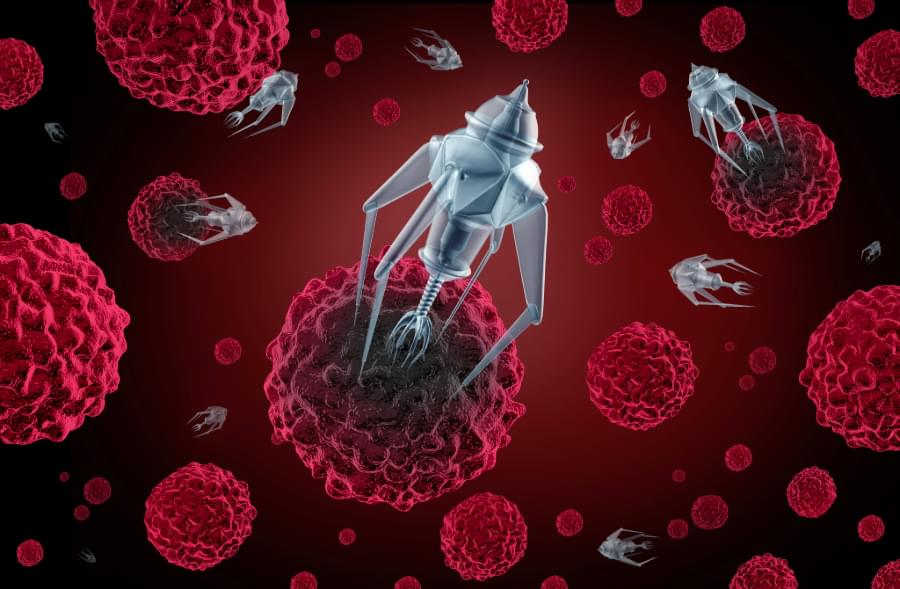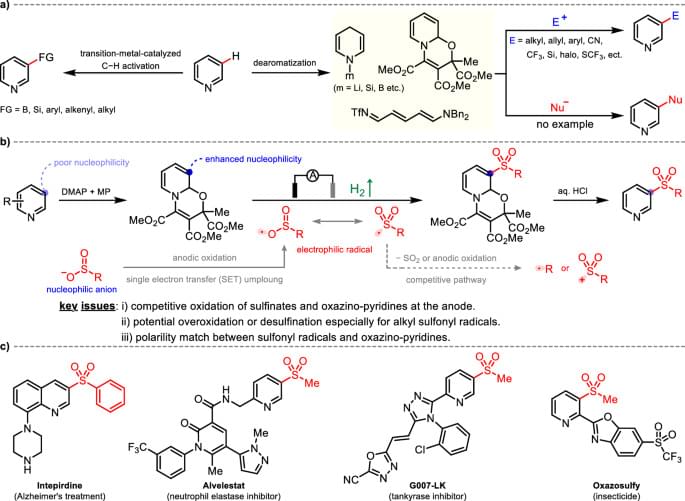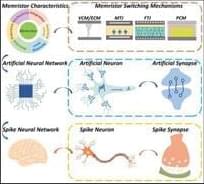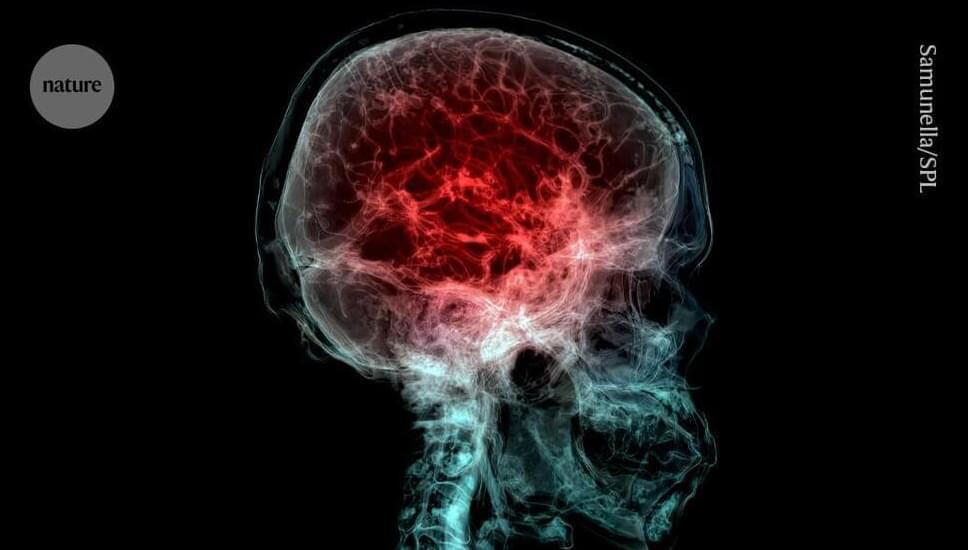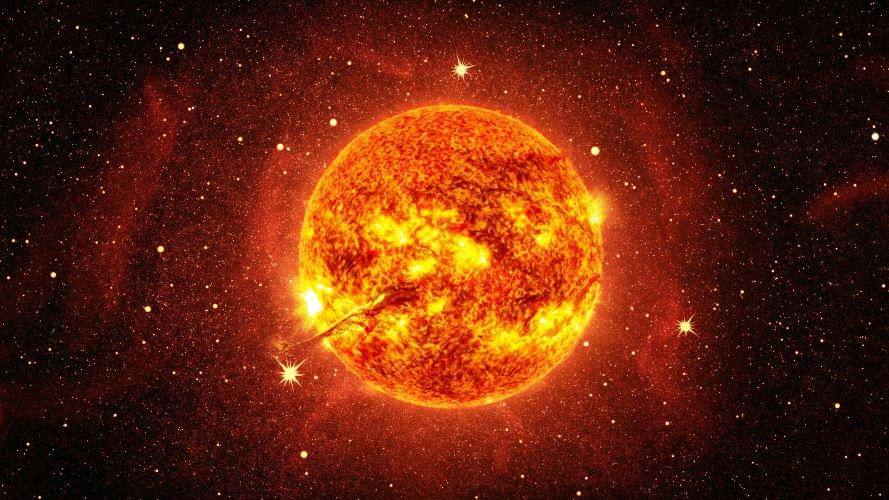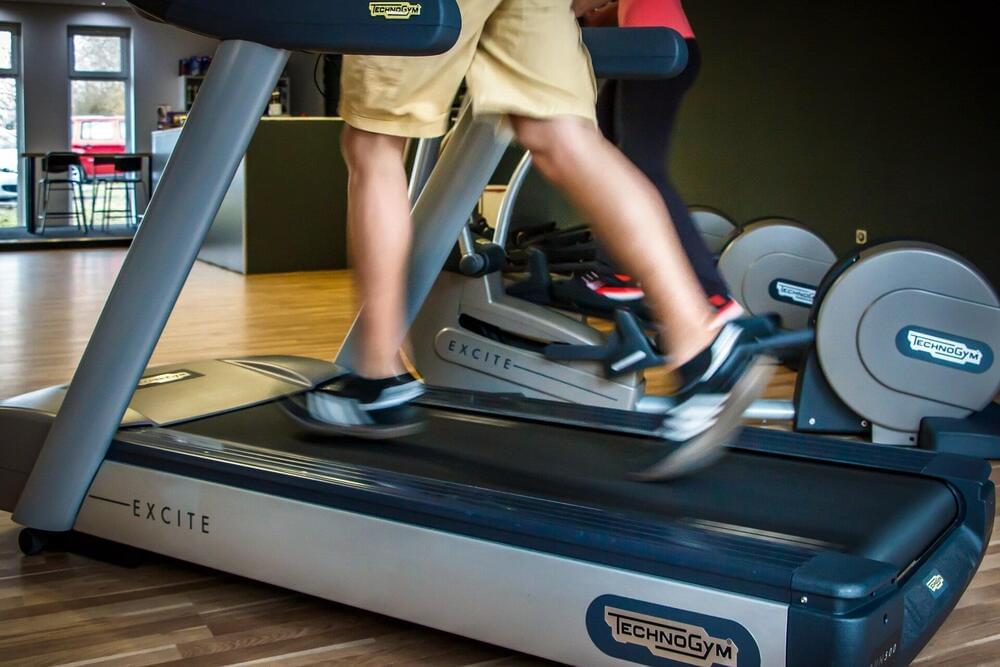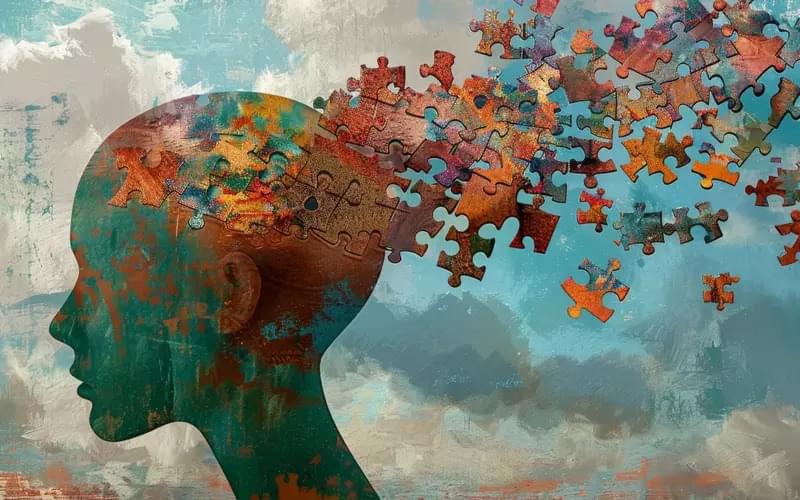Aug 30, 2024
Nanobots Future and Development
Posted by Dan Breeden in categories: biotech/medical, nanotechnology, robotics/AI
Nanobots are tiny, ~50–100 nm wide robots that perform a single, highly specialized task. They work incredibly well for administering drugs. Drugs typically act throughout the body before entering the diseased area. The medication can be precisely targeted with nanotechnology, increasing its effectiveness and lowering the possibility of negative side effects. Special sensor nanobots can be inserted into the blood under the skin where microchips, coated with human molecules and designed to emit an electrical impulse signal, monitor the sugar level in the blood.
